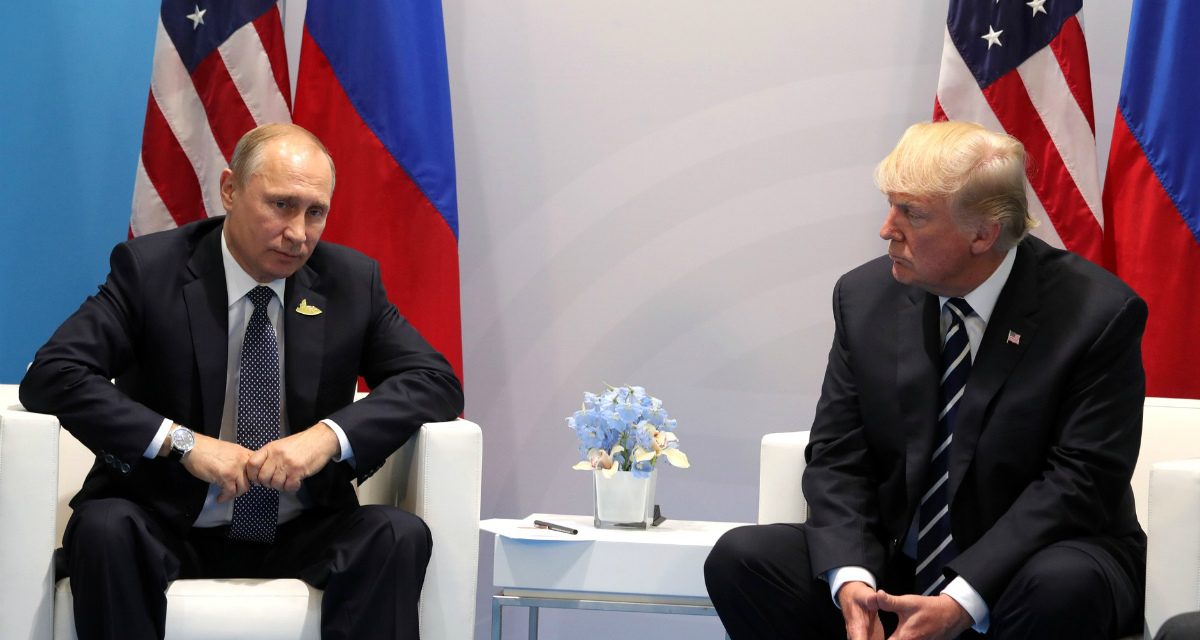By: Dennis J. Blasko, Elsa Kania, Stephen Armitage
 China recently celebrated the 90th anniversary of the founding of the People’s Liberation Army (PLA) with a parade and military exercises at the Zhurihe Training Base in Inner Mongolia (CCTV, July 30). Although the display was characterized as a demonstration of China’s growing military might—particularly new equipment and weapons platforms, including advanced missiles and aircraft—the event also provided important indications of the PLA’s approach to operations and the first-ever demonstration of an actual military operation during a parade. The PLA’s anniversary celebration thus reflected its progress toward becoming a “world-class military” and confidence despite remaining challenges related to the ongoing, historic reforms. Shortly after the parade, Xi Jinping announced: “The PLA has basically completed mechanization and is moving rapidly toward ‘strong’ informationized armed forces,” achieving the 2020 goal of its “three-step development strategy” (PLA Daily, August 2).
China recently celebrated the 90th anniversary of the founding of the People’s Liberation Army (PLA) with a parade and military exercises at the Zhurihe Training Base in Inner Mongolia (CCTV, July 30). Although the display was characterized as a demonstration of China’s growing military might—particularly new equipment and weapons platforms, including advanced missiles and aircraft—the event also provided important indications of the PLA’s approach to operations and the first-ever demonstration of an actual military operation during a parade. The PLA’s anniversary celebration thus reflected its progress toward becoming a “world-class military” and confidence despite remaining challenges related to the ongoing, historic reforms. Shortly after the parade, Xi Jinping announced: “The PLA has basically completed mechanization and is moving rapidly toward ‘strong’ informationized armed forces,” achieving the 2020 goal of its “three-step development strategy” (PLA Daily, August 2).
PLA Parades in Perspective
Traditionally, PLA parades such as those held in Beijing in 2009 and the 2015 Victory Day Parade—have tended to be highly choreographed displays that are counterproductive in terms of the force’s operational capabilities in actual combat (实战), taking considerable time away from training for the units involved (China Brief, September 24, 2009). For prior parades in Beijing, units from all over the country were required to send personnel and equipment to prepare for the drive down Chang’an Jie months in advance, losing the opportunity to train in a more realistic way for almost an entire training season.









/arc-anglerfish-arc2-prod-mco.s3.amazonaws.com/public/NM7F7ZEUDBFKTL2DDCVGUH2YTY.jpg)

/arc-anglerfish-arc2-prod-mco.s3.amazonaws.com/public/GM6KYJBV7ZBUJGDGPTIZXOWOA4.jpg)


